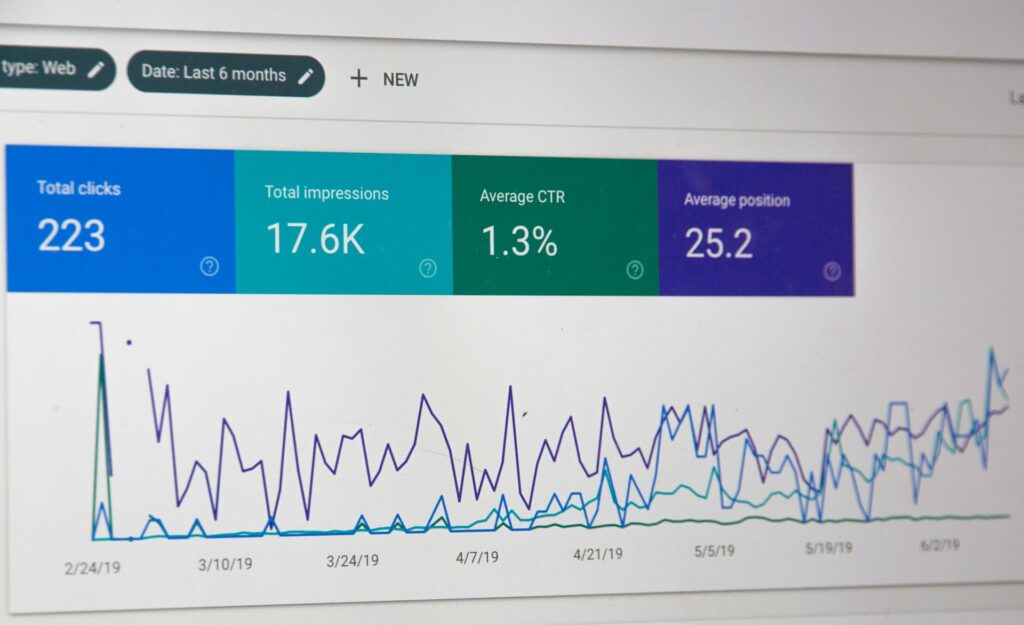Remember, search engines crawl with all forms and types of content. And, it is estimated that around 2.5 quintillion bytes of data are created every day. If you’re wondering, that’s 18 zeroes. Isn’t that astonishing? So, what do you do if you have to compete with this enormous figure? The simple answer is through search engine optimization or SEO. Digital marketers have to acknowledge that the ranking factors on Google can allow your website to either get the righteous place or reach the right target audience.

This is one of the potent tools on the internet. And, if you use it properly, you can quickly make the organic search a lucrative and viable part of your entire digital marketing strategy. But, if you are a beginner and want to learn how to break the deadlock in such a hemisphere effectively, here are some pointers.
1. Define your objectives
Before you dive into the SEO world, it is pivotal to acknowledge and understand the website’s business goals. Know that every website is unique and different. So, targeting the right audience is essential for SEO and to track successes, conversions, and benchmarks. Moreover, are you looking to enhance brand awareness to get several leads and business conversions? Consider defining Key Performance Indicators based on such goals. These goals could be defined as:
- Downloads
- Sales
- Contact Form Submissions
- Email Subscribers
- Phone Calls
2. Assess your competitors.
Have you figured out your competitors yet and how well they have been doing on the internet? Well, if that is not the case with you, take a deep dive into the list of your competition and evaluate who is ranking on top of the Google search engine. Such a practice can allow you to have a panoramic view of what your business is up against, your opportunities, and what you should instead focus on.
3. Do your keyword research.

Search Engine Optimization tends to depend on keywords relevant to your nature of work. There are more algorithms to keywords when it comes to rankings. An ideal way to begin with this is to look for keyword research tools online like Google AdWords, Google Trends, and SEMrush. Utilize such tools to find the data about keywords relevant to your business, brand, and work and then employ these in the on-page SEO process.
4. Understand user intent.
When you employ your time in keyword research, it is just not about looking for those with high search volumes. One should also consider the users’ intent to acknowledge and define the right keywords. The essential three intents are mentioned in the rundown.
- Transactional: Someone who wants to purchase a service or product
- Informational: Someone who wants insight on a service or product
- Navigational: Someone who wants to travel through a website
5. Target long-tail and short-tail keywords
Once you have figured out how to find target keywords and observe the user intent, it is essential to understand the distinction between short-tail and long-tail keywords. The short-tail ones are called head terms, usually around 1-3 words with high search competition and volume. Meanwhile, long-tail ones are longer and specific. Even though these bring less traffic, they can attract a higher ROI.
6. Write naturally.

While specific keywords are crucial for the SEO process, search engines have become quite sophisticated and prevalent in ranking certain pages on the results section. Remember, Google’s recent updates are relatively more focused on the user experience. So, it is quality over quantity. Having said that, write for humans and not the other way around. When you come across the first page of the search engine, you won’t come across thin content.
7. Come up with long-form content.
Longer content tends to rank consistently as compared to the short ones. Moreover, this is not a piece of coincidence; Google released Google Panda, an algorithm that affected around 12% of every result and negatively impacted websites with thin content. So, think about the intent behind the keywords used. And ensure you are offering content that delivers the expected value to searchers and users.
8. Make content suitable for mobile.
If you did not know, mobile searchers continue to enhance and go up all the time. In 2020’s second quarter itself, 51.53% of users came from mobile devices. This statistic does not include tablet users. It simply implies that not only does the site require to be mobile responsive, but the content has to be adequate and appropriate too. So, do not sleep on the website.
Featured Image Credits: Pixabay









